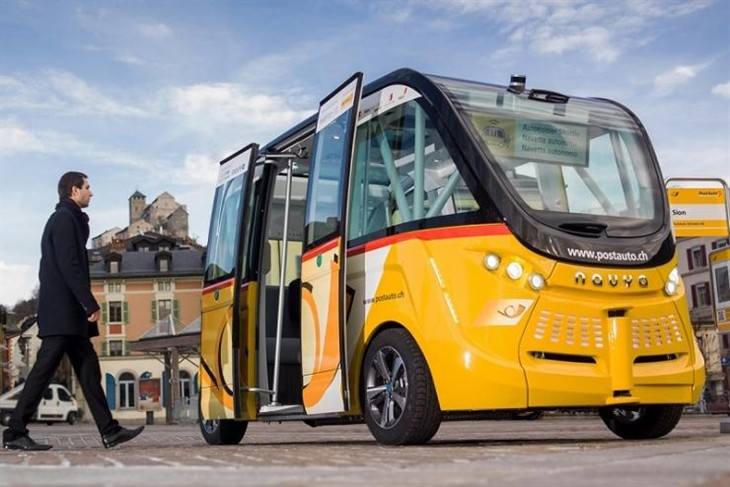That might lead to a different kind of dystopia (also with historical antecedents): one in which fast, functional transport is available only to those who can pay.

They might subsidise the travel of low-income workers, or take over such systems entirely (a common fate for mass-transit systems which begin life as private enterprises, including the NewYork subway).
譯文來源余興宇











